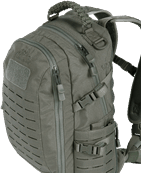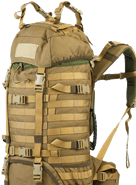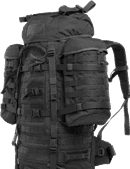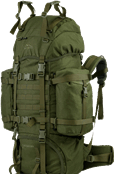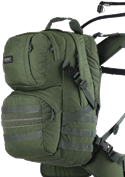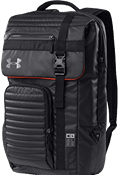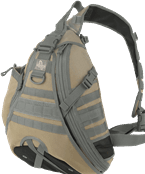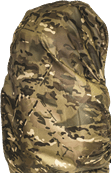Hydration packs allow us to drink while we walk. What is the secret ? This answer is as important as the others. What fabric and size to choose ?
Hydration is very important, especially when we travel. When we are moving, we sweat more and loosing body fluids. We need to replenish these fluids by drinking. If we wouldn´t, we could become dehydrated and slip into unconsciousness. It is especially important on hot summer days. So how do we stay hydrated ? We can of course carry bottles of water, but that means to take the backpack off every time we want to drink. There is another option. Highly effective and elegant. This option is called hydration packs.
Hydration what ?
Yes, this is an actual name for such packs. These are packs where we can put (sometimes already included) water reservoir(hydration bladder) or so called CamelBags. Just as ordinary backpacks, they also have shoulder straps, main compartment and other pockets. The main difference is, that they also contain special sleeves where you put your water reservoir. If you have seen it, then you know, that it features tube with mouthpiece. This tube goes through the opening on the top of the pack and is placed on a shoulder strap. It is of course long enough so we can drink without need to take the backpack off. Do we see the main advantage already ? I think it is obvious, no need for constant putting on and taking off the backpack. You can simply drink while you are walking/running.
What´s the deal ?
Here comes the question - what about sizes of the packs and hydration reservoirs capacities ? And what about that port at the top of the backpack ? Don´t worry, it is of course leakproof. Hydration reservoirs capacities depending mainly on the size of the pack. The range is from 1 liter to 3 liters, which is usually enough for the whole day. As for the size of the pack itself, that is a question...We can get small hydration pack, that pretty much takes the water reservoir only. Such pack is very small, fits greatly on our back, but it doesn´t take anything else. The larger ones offering more space, but usually only to store a jacket, snack box or first-aid kit. Comfortable are of course even those that offer quite large capacity. You can get 50L backpack with hydration reservoir, the choice is yours. What about fabrics and another material ? Are there any special requirements ?
There isn´t only one option
Before we are going to talk about materials, we should know that there are two variants of hydration packs. Hydration-compatible backpacks feature dedicated reservoir sleeves, ports and others. The other group are backpacks with an integrated hydration reservoir, but they don´t usually offer that much of a space. In addition to standard shoulder straps, they can be sometimes attached to tactical vests thanks to the MOLLE system. Finally, we need to mention snow-specific hydration packs. As we know, if the temperature drops below zero, the water can turn into ice. That is why these backpacks use insulated reservoir sleeves, tubes and covers to keep your water from turning into ice. Now we have most of the general informations, except informations about fabrics and few more details.
Everyone should own one
These backpacks don´t require any special material than standard backpacks. Everything is about price/performance ratio. As they say - you get what you pay for. Of course polyester or similar fabrics are not the best option. Ideal fabric is nylon and its modifications, for example 400D, 600D and so on. One of the key factors when choosing these packs is the size. Advantage of small packs are special straps that allow attachment to tactical vests so it is kind of 2 in 1, whereas the larger ones offering more space and that is always good thing. Another thing to think about is whether to get hydration-compatible backpacks or hydration packs that come complete with an integrated hydration reservoirs.
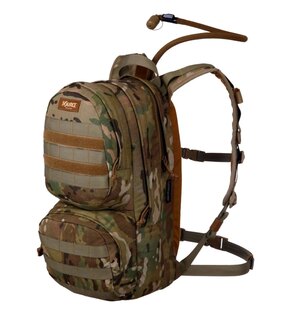


Source ® Commander backpack with hydration system 10 l
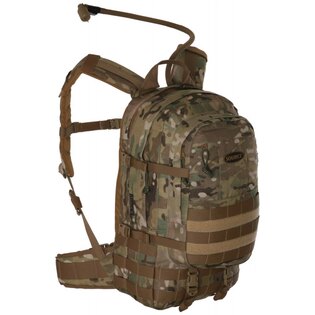


Source® Assault backpack with hydration system 20 l
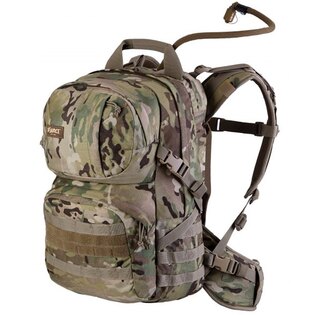


Source® Patrol backpack with hydration system 35 l
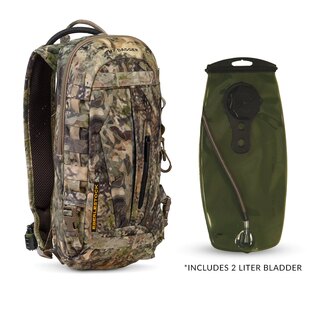


Eberlestock® Dagger hydration pack
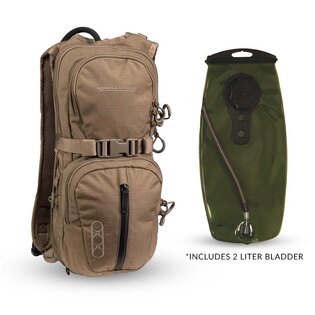


Eberlestock® Mini‑Me hydration pack
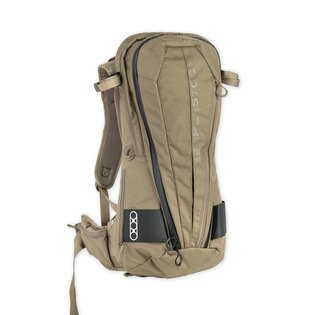


Eberlestock® Cherry Bomb
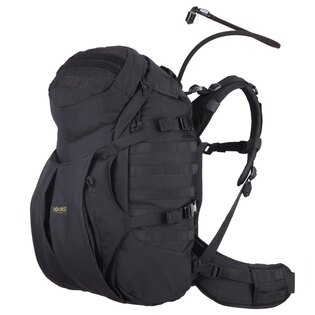


Source® Double D backpack with hydration system 45 l




























































































































